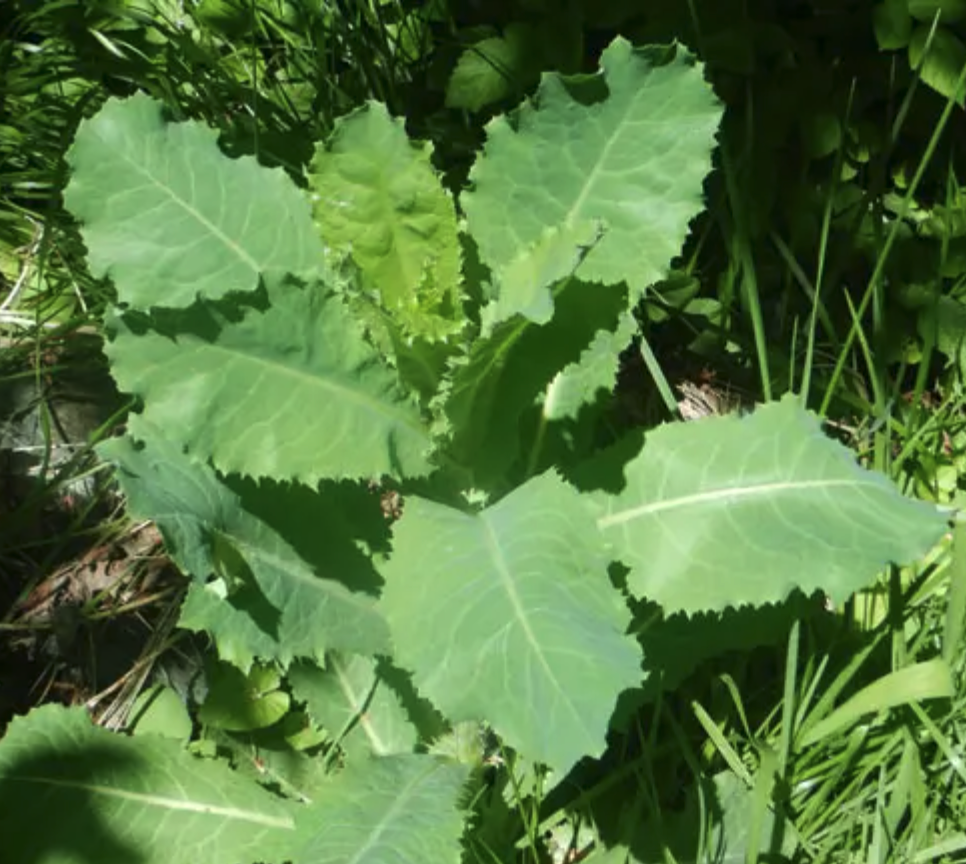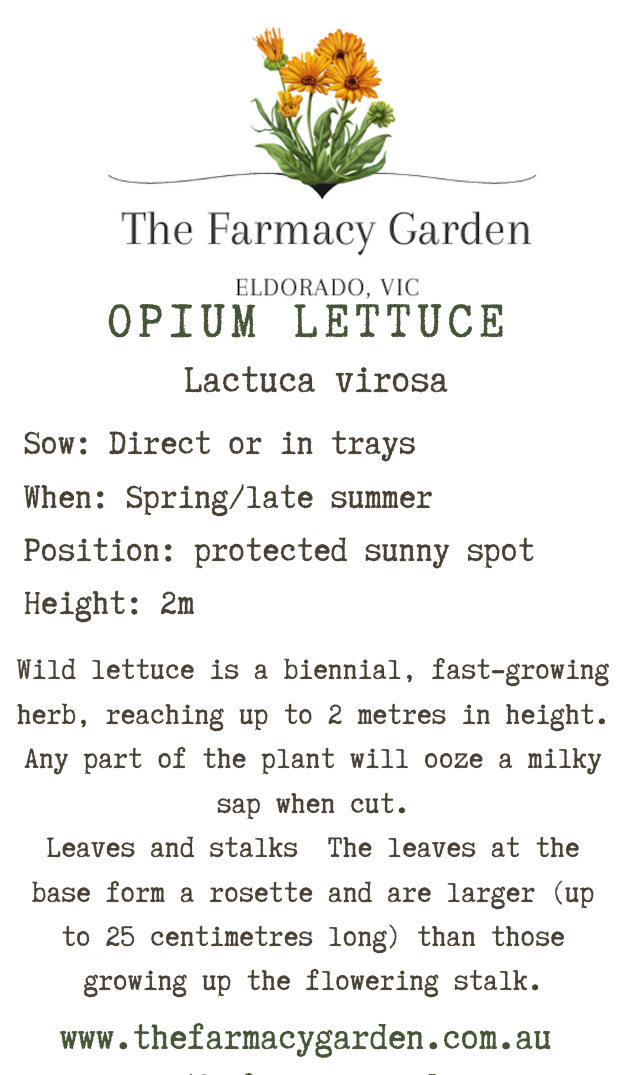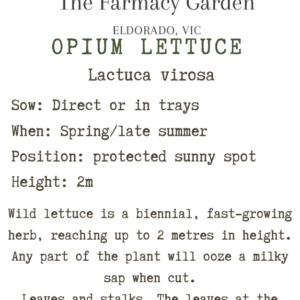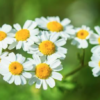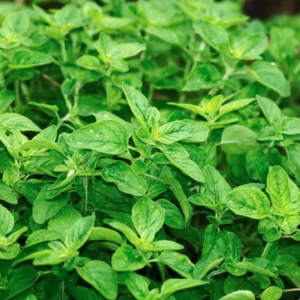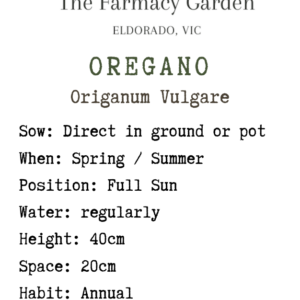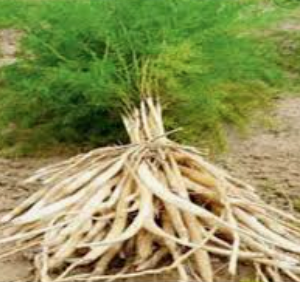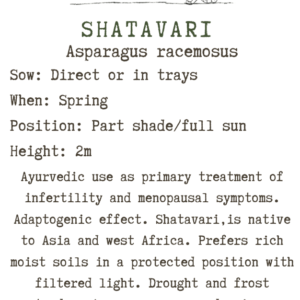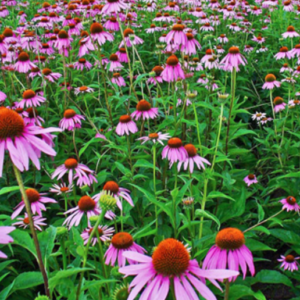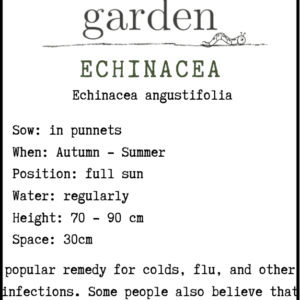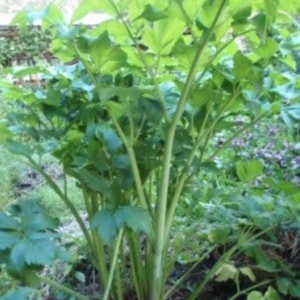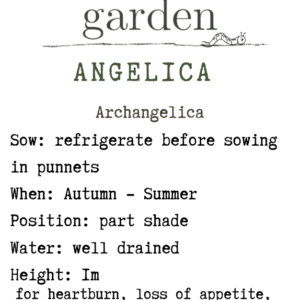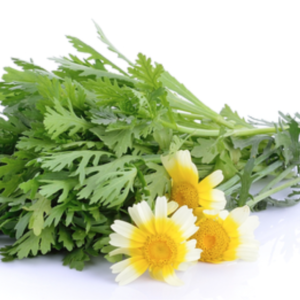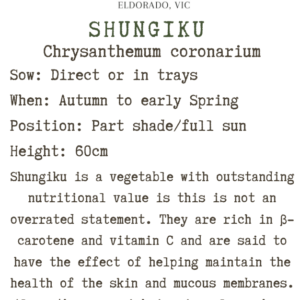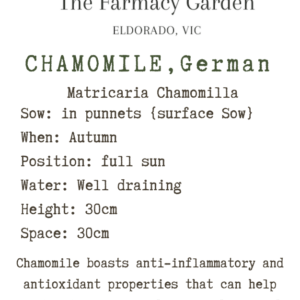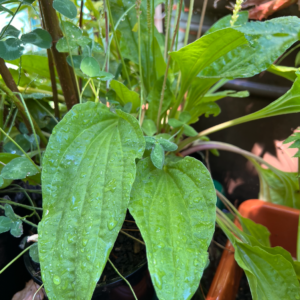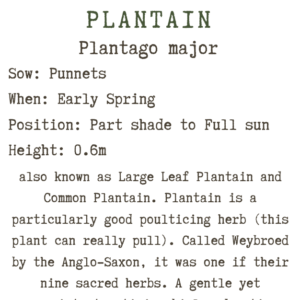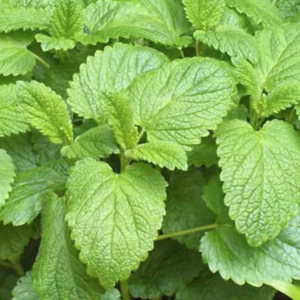Opium Lettuce Seeds, Lactuca virosa
$6.50 Original price was: $6.50.$4.50Current price is: $4.50.
Lactuca virosa seeds can be either direct sown or first raised in pots. Lightly cover the seeds with soil or sand and keep moist until germination. Once the seedlings are big enough, they can be transplanted to the garden. Frost resistant. Likes a shaded well-watered position. Flowers and dies in its second year, generally.
Out of stock
Email when stock available
GROW: Lactuca virosa seeds can be either direct sown or first raised in pots. Lightly cover the seeds with soil or sand and keep moist until germination. Once the seedlings are big enough, they can be transplanted to the garden. Frost resistant. Likes a shaded well-watered position. Flowers and dies in its second year, generally.
HARVEST: Properties are found in the Latex (milky, white sap) of the plant, so essentially you want to try and harvest when the sap is at its highest, which is traditionally when it is in bloom (and sending all its goodness upward into the stalks and flowers). If you are unsure, simply snap a small branchlet off the main stem. You will soon know if the plant is ripe for the picking! (your hands will end up covered in white, sticky latex).
USE: Traditional usage (TWM): Sedative, pain-relieving, antispasmodic, digestive bitter, euphoric used to treat insomnia, restlessness, bodily pain, painful menses, digestive woes. Source of lactucarium, the white latex that contains alkaloids (Lactucin) and sesquiterpene lactones. It is said to have similar action to opium poppy, hence the name.
The word Lactuca comes from the Latin lac (milk) and refers to the milky latex which exudes from the broken plant and is the source of lactucarium. Lactucarium (lettuce opium) was used in the 18th century as a sedative and also to adulterate opium (from Papaver somniferum). It has similar effects to the opium poppy, without being addictive. Also used as a cough suppressant.
How to prepare a concentrated extract using the decoction/ reduction method:
- Harvest the aerial parts of the plant
- Chop or break up the herb into smaller, more even-sized parts. (This is not entirely necessary, but it will enable you to extract more of the actives). I like to use my Vitamix for this – it’s fast and easy.
- Place the chopped-up herb into a larger boiler pot. Ideally, this would NOT be a metal/stainless pot. Whilst the constituents in the Wild Lettuce would not encourage leaching of the metals into the remedy, the actives in some other herbs most definitely could and will. So for future-proofing your remedy making I suggest you invest in an enamel-based pot, or you can use a pyrex dish inside a pot of boiling water (double boiler method).
- Pour enough water into the pot to just cover the herb mixture, and bring to a simmer. *I do not like boiling herbs at all, as it can destroy some of the actives.
- I like to keep it simmering for at least 20minutes (with the lid on at this stage). The Lettuce decoction needs to turn a nice dark brown. (Think strong tea-colored)
- Once you have reached this color, you need to filter out all of the excess plant matter. I am in the market for a small herb press at the moment, but an easy and inexpensive way to do this is by using a clean pillowcase. Place the pillowcase into a large bowl or pot, and pour the herb material into it. You can then strain out all of the impurities, and return the liquid back to the pot for further reduction.
Related products
Medicinal Herb Seeds
Flower Seeds
Medicinal Herb Seeds
Medicinal Herb Seeds

